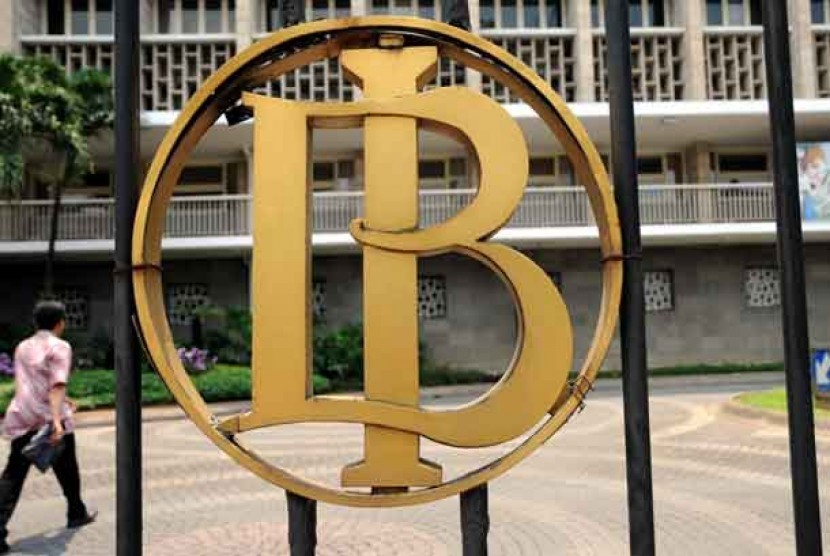REPUBLIKA.CO.ID, JAKARTA -- Indonesia's central bank, Bank Indonesia (BI), believes that the country's financial situation is still in a solid state because it is supported by the banking system resilience and relatively subdued financial market performance.
"Based on BI's monitoring results, banking liquidity risk is maintained and estimated to improve until the end of the year," BI deputy governor Halim Alamsyah reported here on Friday (12/9).
Several indicators show positive developments, such as capital adequacy ratio (CAR) that remained high in July 2014, which amounted to 19.39 percent, far above the minimum requirement of 8 percent. Meanwhile, the ratio of non-performing loans (NPLs) has remained low and stable at around 2 percent.
The solid Indonesian banking system is also supported by the stress test results of the bank's capital condition. In general, the bank's capital is still well above the standard minimum liquidity. This has also sent a positive signal.
"In the future, the bank's liquidity is expected to continue to improve with the increasing government expenditure that is in accordance with the pattern," said Halim.
In terms of banking intermediation, the credit to private sector growth has slowed to 15.39 percent on year-on-year basis from the previous month at 17.2 percent on year-on-year basis in line with the economic slowdown.
The bank credit risk is still within safe limits. Indicators of NPLs stood at 2.24 percent, below the safe limit of 5 percent.
However, the central bank has been monitoring four sectors that have high NPLs, namely construction, mining, trade, and social services.
In July 2014, the NPLs in the construction sector stood at 4.43 percent, up from the previous month at 4.24 percent. The NPLs in the mining sector stood at 3.09% compared to 2.49 percent the previous month. The NPLs in the trade sector stood at 3.06 percent compared to 2.92 percent the previous month, and the NPLs in the social services stood at 2.96 percent from 2.48 percent the previous month.
Besides the NPL ratio, BI has also developed indicators based on historical data to assess the potential transfer of credit quality, which are classified as current or jammed into substandard.
Based on these indicators and recent developments, three sectors have to be considered--construction, mining, and trade.
BI is also looking at the development of third-party funds, which had slowed in July 2014 to 11.36 percent from 13.63 percent the previous month.
In line with the improvement in liquidity conditions, several major banks have lowered their savings rate in August 2014. This condition is expected to continue until the third-party fund competition in some previous period is decreasing.
In the future, the central bank believes that many external and domestic risks have to be anticipated that could disrupt macroeconomic stability and financial system stability. Therefore, BI will continue to monitor the development of the banking system and strengthen the macro-prudential policy.
"BI will continue to improve coordination with other financial authorities to maintain the stability of the banking and financial sector," added Halim.


